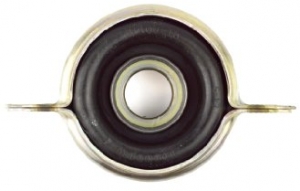-
Welcome to Tacoma World!
You are currently viewing as a guest! To get full-access, you need to register for a FREE account.
As a registered member, you’ll be able to:- Participate in all Tacoma discussion topics
- Communicate privately with other Tacoma owners from around the world
- Post your own photos in our Members Gallery
- Access all special features of the site
Let’s talk extended / stainless braided brake lines real quick
Discussion in '2nd Gen. Tacomas (2005-2015)' started by steveo27, May 25, 2021.
Page 2 of 2
Page 2 of 2


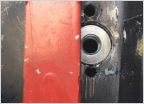 Wind caught my door... Pop! Is it broken or not? Anyone had this happen?
Wind caught my door... Pop! Is it broken or not? Anyone had this happen?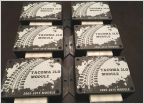 2lo kit for 2nd gens
2lo kit for 2nd gens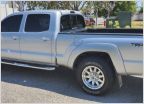 How much play should be in the Drive Shaft Center Support Bearing?
How much play should be in the Drive Shaft Center Support Bearing?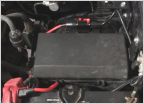 Light Bar 2005-2015
Light Bar 2005-2015 Frame swap-main wire harness passenger side clips
Frame swap-main wire harness passenger side clips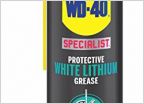 Rear leaf springs are squeaking...
Rear leaf springs are squeaking...







































